Let's say upfront: Marine life is fantastic, photogenic, eye-catching, mesmerizing—choice of adjectives is up to you. But my experience of visiting aquariums is that I always leave with far too many pictures, and if I plan to write about the aquarium, I find it nearly impossible to winnow down the collection to usable size.
So, in advance, sorry for too many fish!
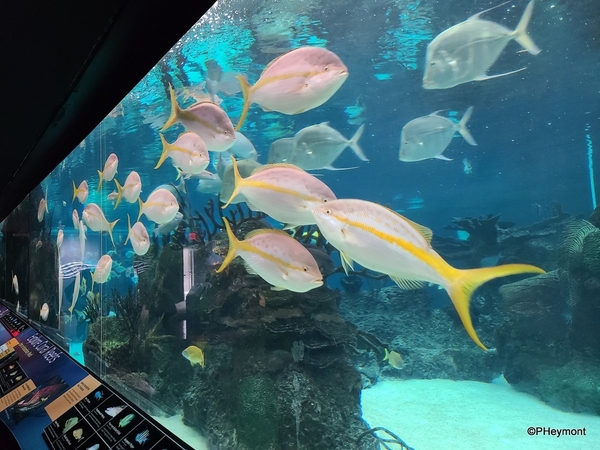
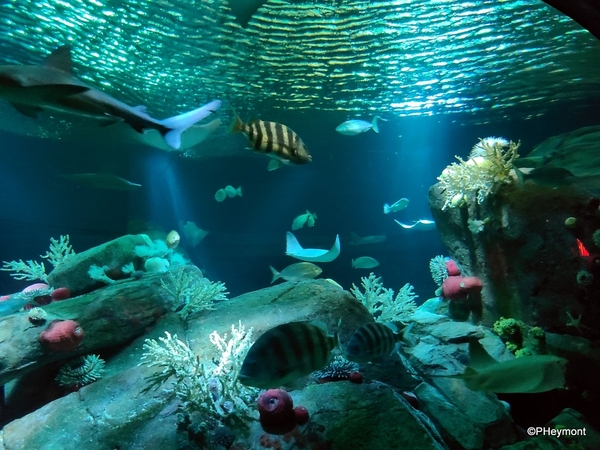
Sometimes, both for blogs about aquariums and for the aquariums themselves, the startling variety of sea life overwhelms the story to be told. Many aquariums are swimming (sorry) in labels about how exotic a particular fish is, what an amazing way a plant grows, and so forth. You can stand in front of a tank and it's almost like viewing a kaleidoscope.
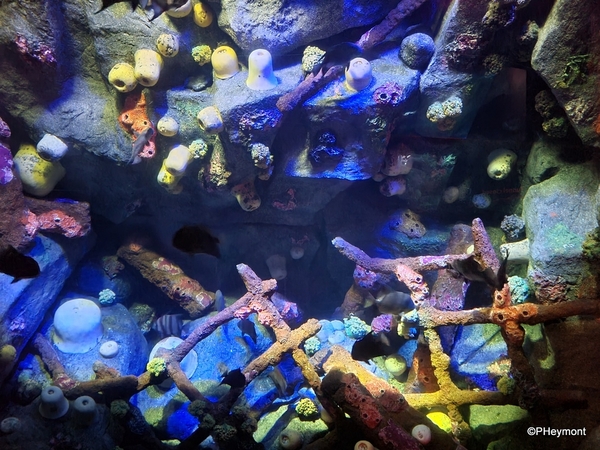
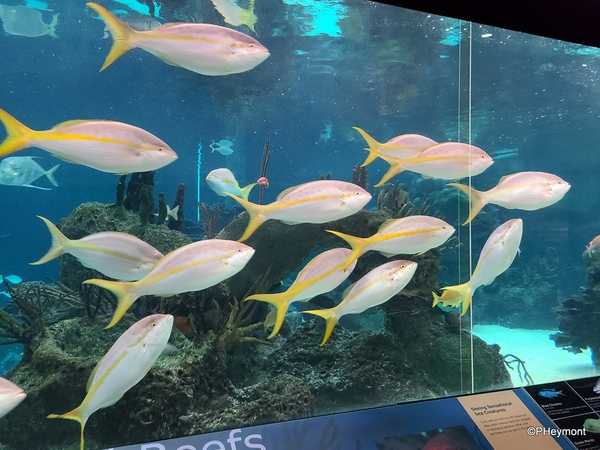
 The reason that's a problem at the New York Aquarium is that it has a more serious story to tell as well, and it's worth keeping an eye on that, too. Despite all the flash and color of this particular indoor ocean, at bottom it sees itself as a teaching tool, and as part of a crusade to save the wet part of the planet.
The reason that's a problem at the New York Aquarium is that it has a more serious story to tell as well, and it's worth keeping an eye on that, too. Despite all the flash and color of this particular indoor ocean, at bottom it sees itself as a teaching tool, and as part of a crusade to save the wet part of the planet.
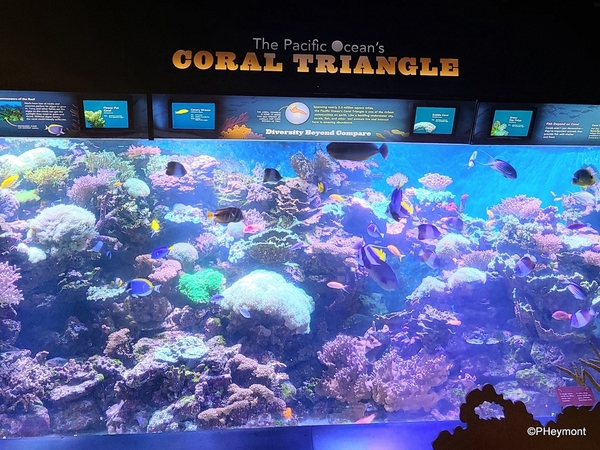
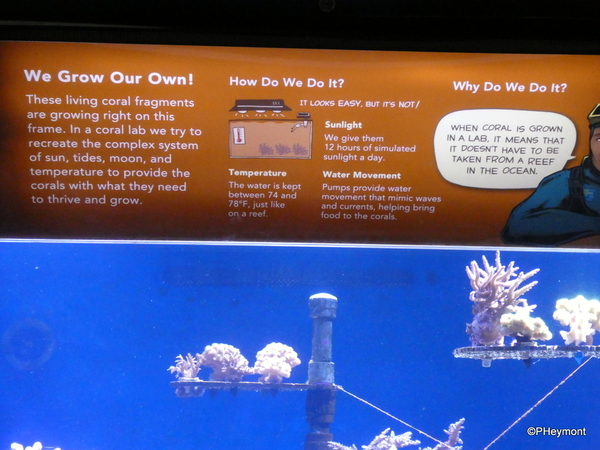
More than any other aquarium I've visited, its exhibits set out to demonstrate the roles that different animals and plants play, in relation to each other and to us. We learn not just that there are more species of sharks than we could imagine, but that they are both threatened, and play a critical role in the balance of ocean life.
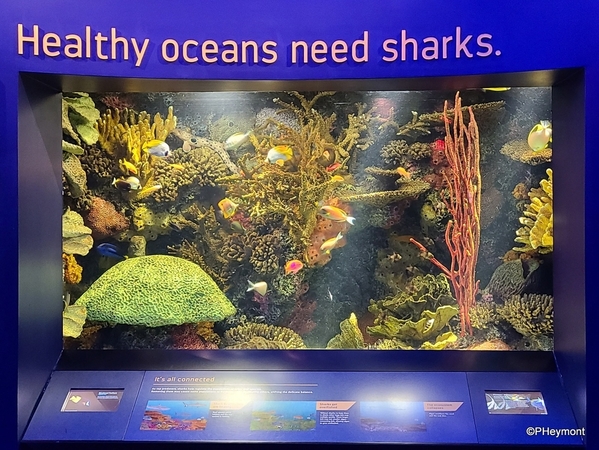
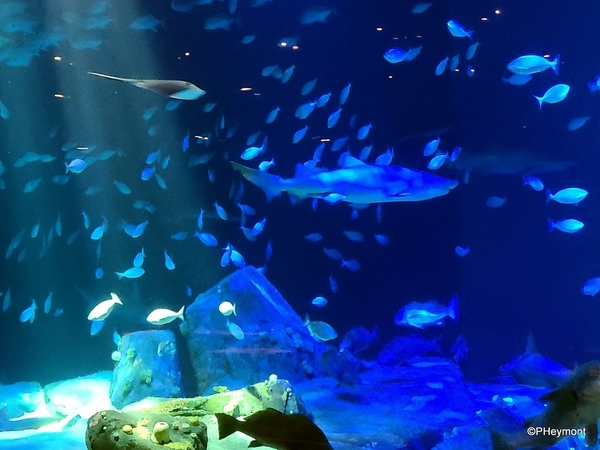
I'm sure it's not the only aquarium that does that and does it well (sadly, Covid closings kept me from visiting the Monterey Aquarium earlier this month) but it is well-organized and provides a teaching resource not only to the public, but to thousands of students each year from New York's public schools.
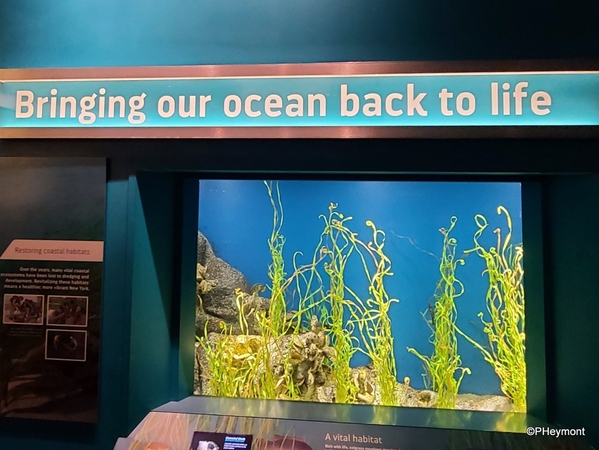
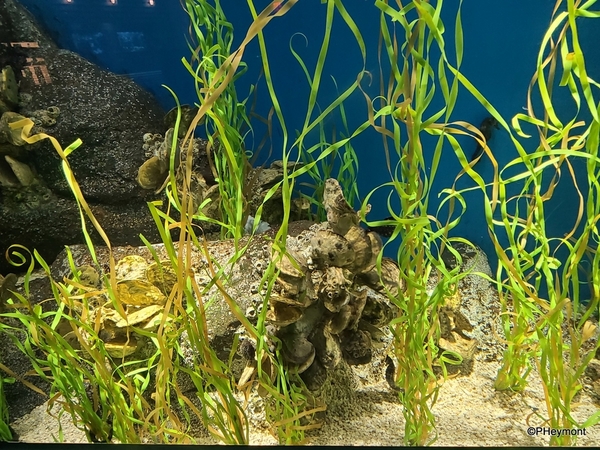
I learned a lot, too: including the fact that piranha are, except when there's nothing else to eat, mainly vegetarians. And, how easy it is for one new hungry species introduced into a lake to drive out all the rest, as has largely happened in Lake Victoria.
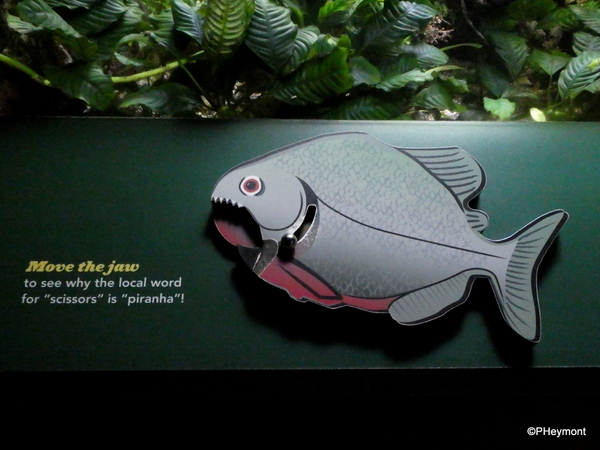
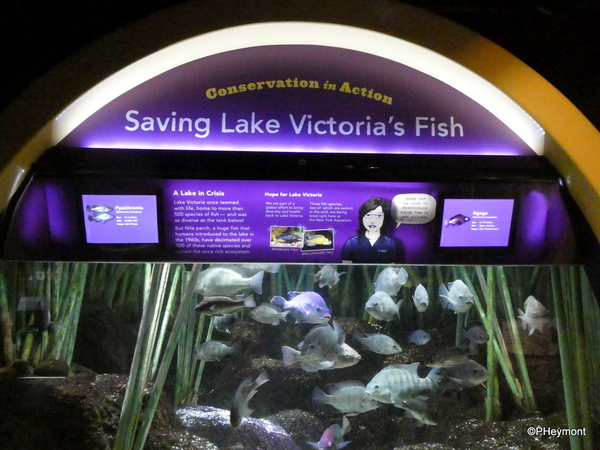
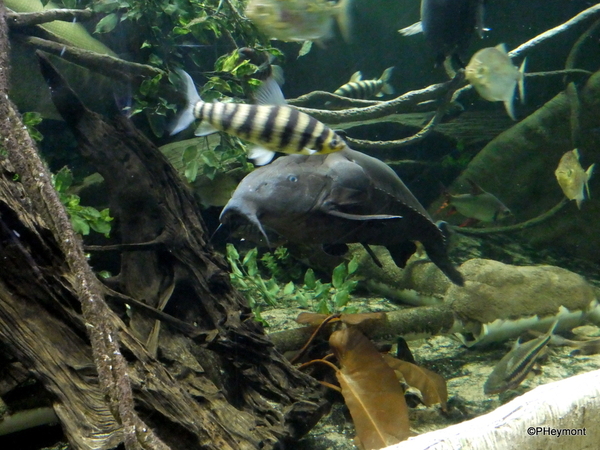
All of which doesn't make it grim and over-didactic; the Aquarium also knows how to play (after all, it's at Coney Island).

For example, a styled-up Real Cost Cafe shows good advice and good habits to avoid ocean pollution with comic signs.
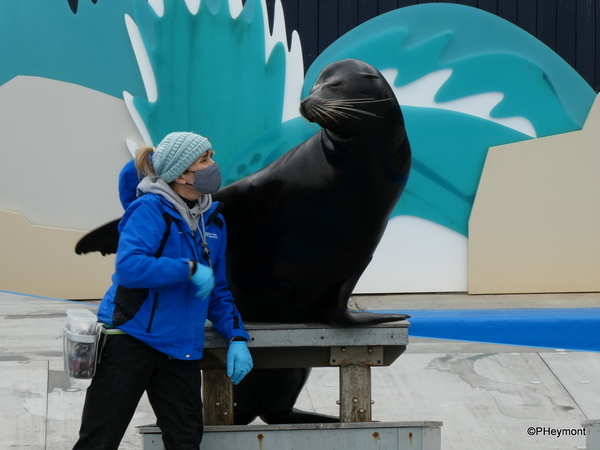
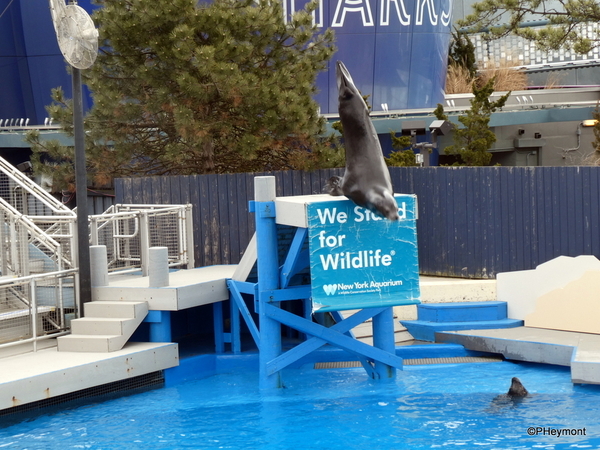
An outdoor exhibit provides some comedy relief with seals and sea lions playing goofy games with a keeper (not sure which was goofier, the sea lion or the keeper).
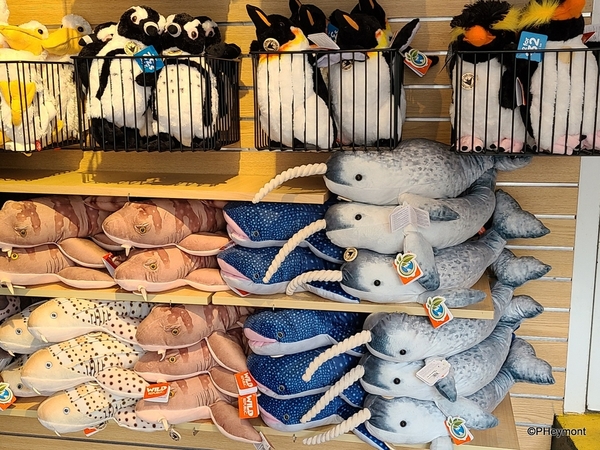
In case you fall in love, there's a gift shop well-stocked with science books and kits—and lots and lots of plush penguins, whales and sharks.
One of my favorites: turning a corner and into a hall flanked by two huge tanks, and then looking up and realizing it's actually one huge tank, a tunnel, and the fish are swimming overhead between the sides.
Although we're an ocean city here in New York, many New Yorkers barely think about what's living in our own waters, beyond some crabs and some 'normal-looking' fish like bass and cod. A major exhibit is devoted to our own area's marine life. I certainly was surprised to discover there are large rays in town!
And, of course, there are lovers....
And a large turtle who had managed to get stuck between two rocks. I watched him shift his weight, wave his arms and make other motions for nearly ten minutes before he managed to back out and then swim up and away, giving me a true New York 'whacha lookin' at' look.
The turtle wasn't the only inhabitant with attitude. That's a mean-looking penguin, too. But he seemed less threatening when confronted by a keeper with a hose...
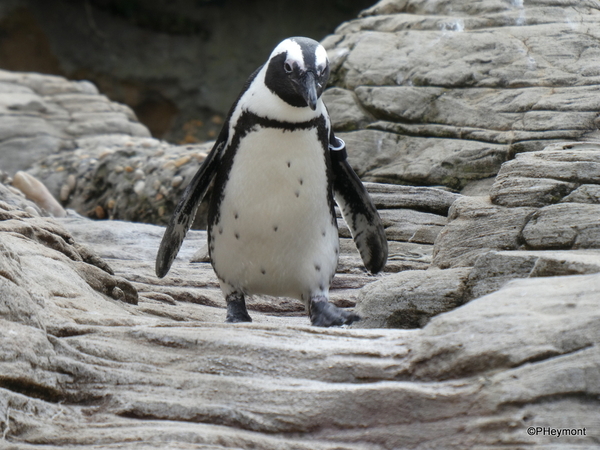
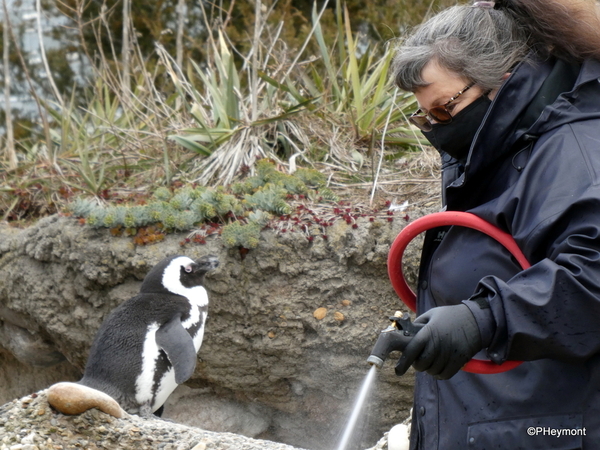
These are not official Aquarium inhabitants. They're just local gulls, although it's hard to say that there shouldn't be a gull exhibit, too. They also play a role in marine ecology. And so does trash. The Aquarium constantly reminds how dangerous the billions of bits of plastic trash in the ocean are to fish and birds.
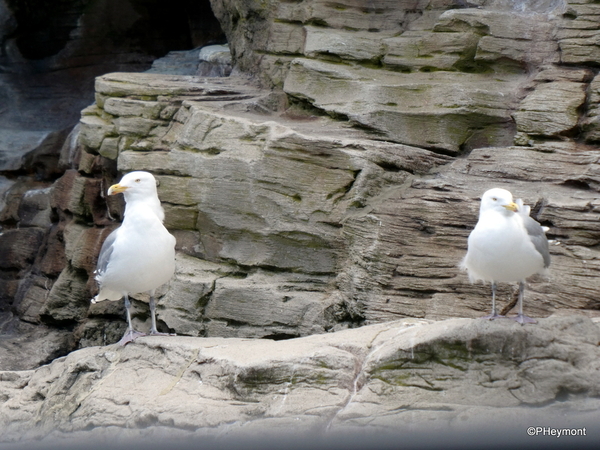
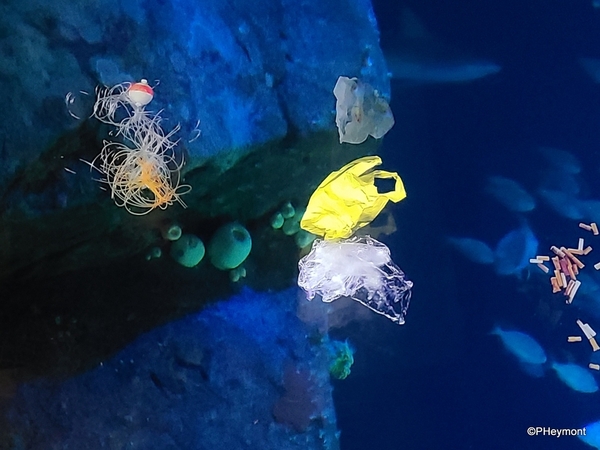
The New York Aquarium is run by the Wildlife Conservation Society, which also operates most of New York City's zoos. 2021 marks the Aquarium's 125th year; it was founded in 1896 at the Battery in Manhattan, where it was housed in an old artillery fortification which had been previously used as a concert hall and also served as the immigration station before Ellis Island was built. It moved to Coney Island in 1957. It's the oldest aquarium in the U.S.
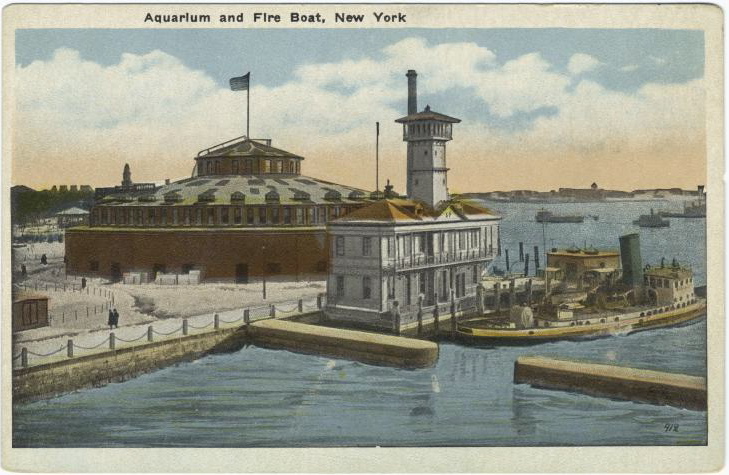
A personal favorite: This spotted ray, which seemed to slither over the log repeatedly, following the curve. Like many rays, this one swims by undulating its body. Below the ray, just a big fish giving spectators a fishy look.
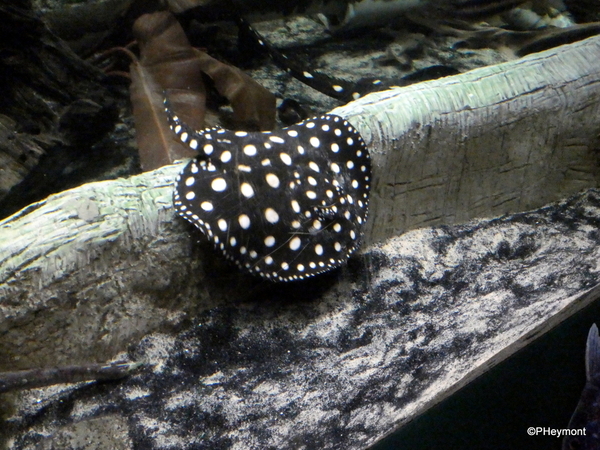
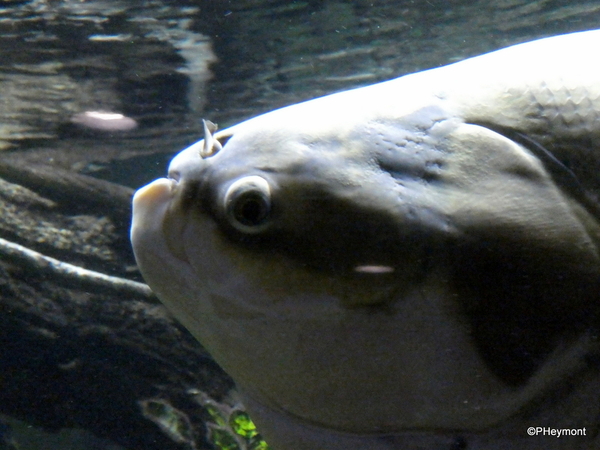
And since TravelGumbo is known for quizzes...here's one to end the story: what's wrong in this picture? No prize, but leave a comment if you see the problem!

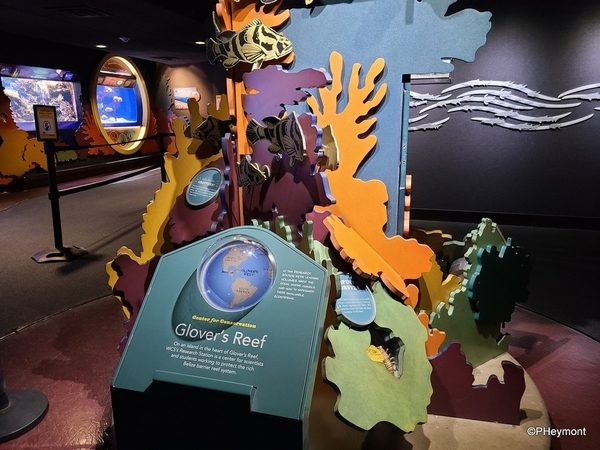
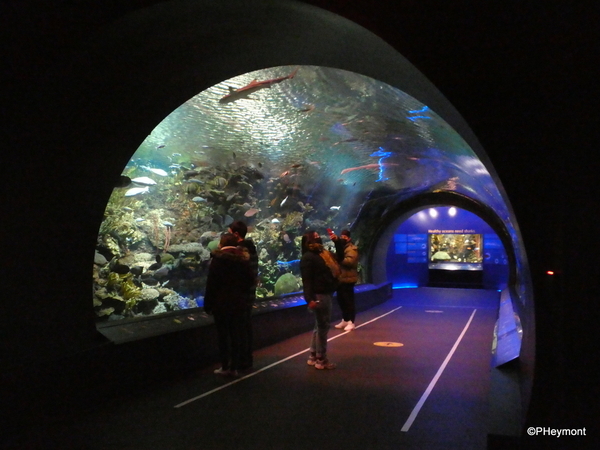
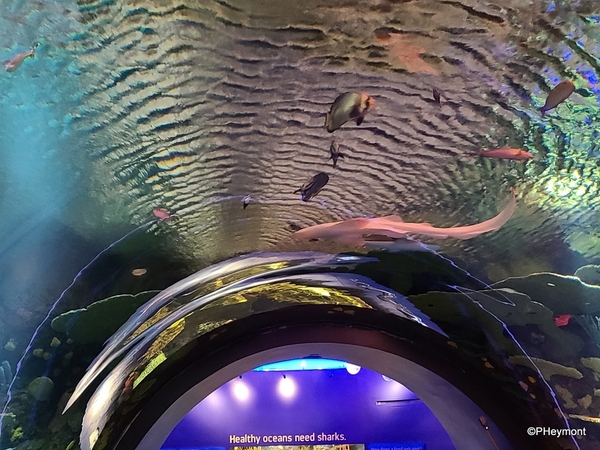
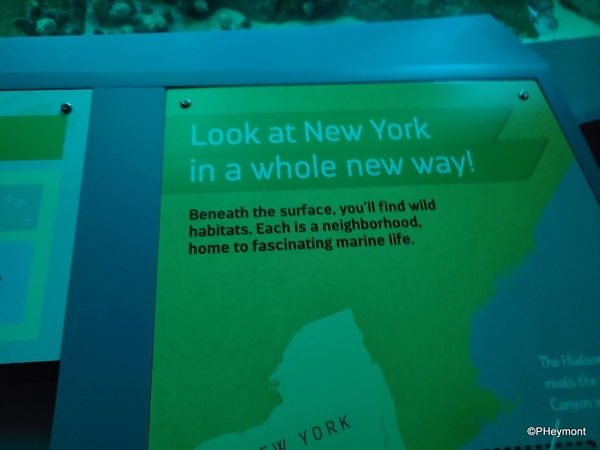
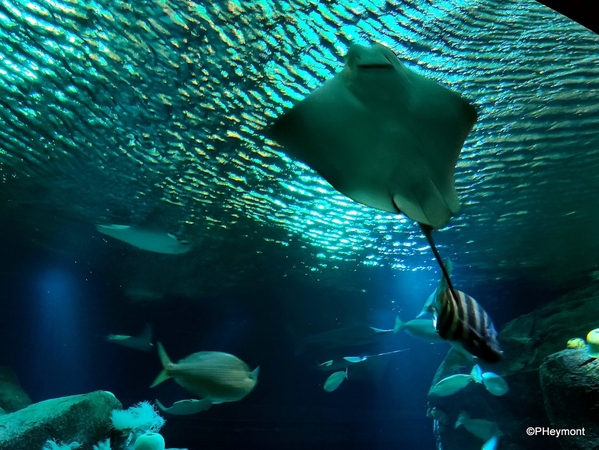
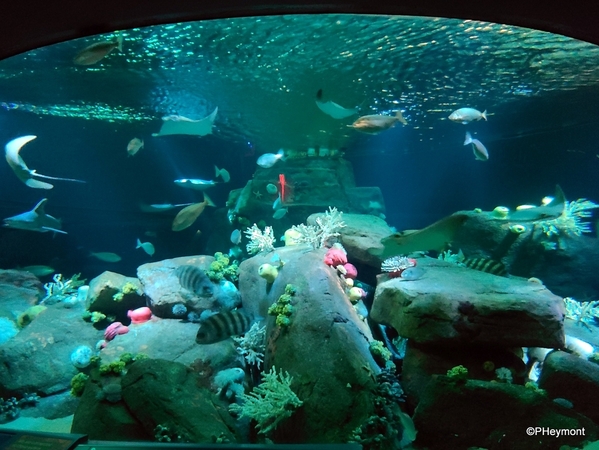
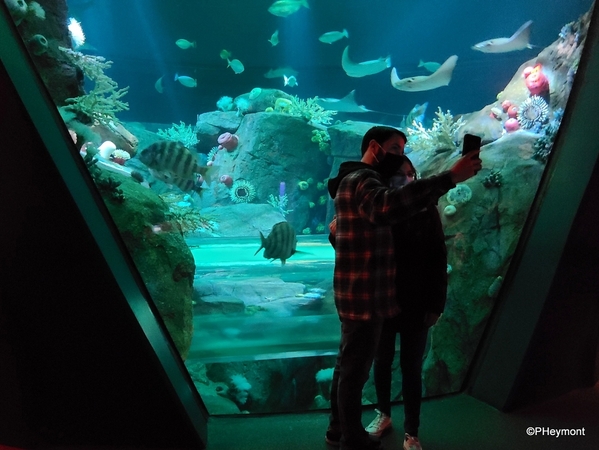
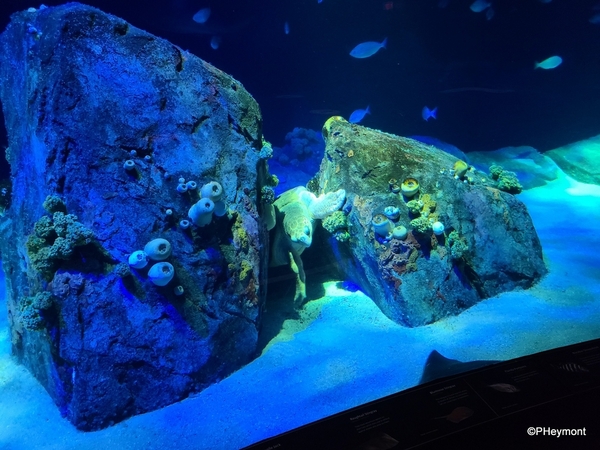
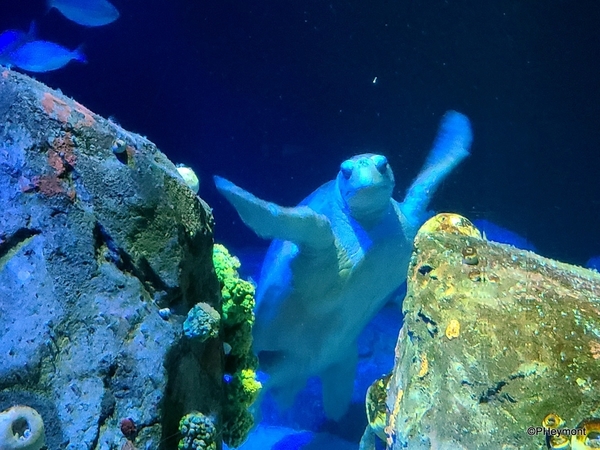
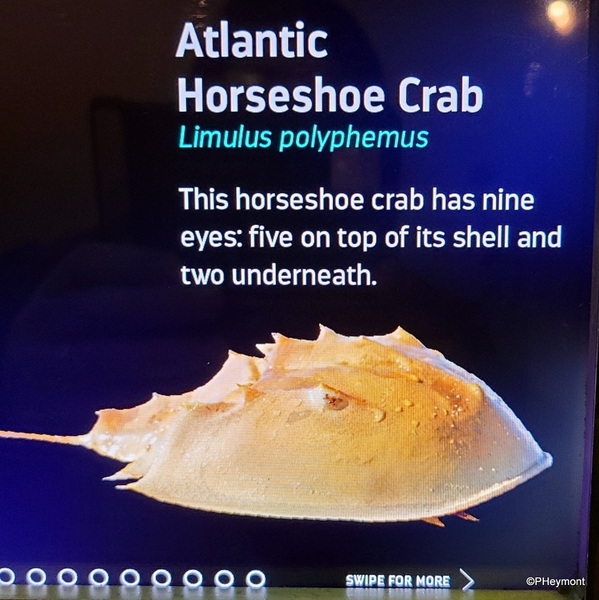




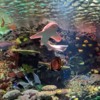












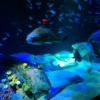






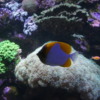











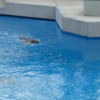


Comments (0)